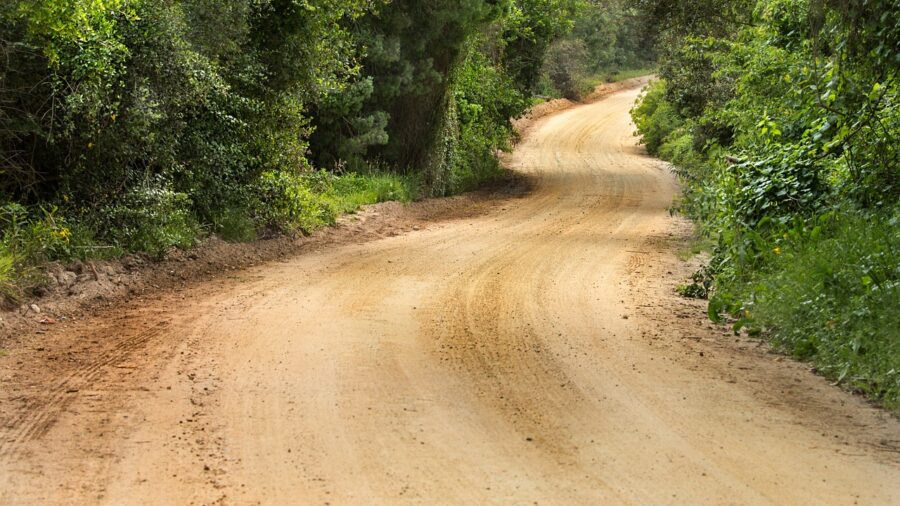Green slips for country drivers provide the same coverage as for any other driver. However, green slips are usually cheaper in the country than in metropolitan areas. Find out what to consider when you compare prices for country drivers with the greenslips.com.au Calculator.
Greenslip calculator for country drivers
What country drivers need to consider in the greenslips.com.au Calculator:
- Vehicle type
- Year of manufacture
- Postcode
- Distance travelled.
Vehicle type
Like all drivers, country drivers need to choose between Motor car or Ute/Light goods vehicle. There are often more utes, light goods vehicles and 4WDs on rural roads because they handle these types of conditions better. Some larger SUVs are also considered to be light goods vehicles.
Make sure you select the correct Vehicle type, or you won’t find the correct Make, Model and Vehicle model variant. Even Vehicle variants for the same model can be priced differently for risk.
Year of manufacture
The age of your vehicle does affect the price of your green slip. Many country vehicles are older than vehicles in metropolitan areas. Meanwhile, research suggests older vehicles crash more often than newer ones. This is why green slip prices tend to be lower for newer vehicles with more safety features.
In the greenslips.com.au Calculator, always state the Year of manufacture correctly to find your Make, Model and Vehicle model variant.
Distance travelled
The distance you travel in a year is another risk factor. Country drivers tend to spend more time and travel further on the road just to go to the shops. Country technicians or tradies may cover longer distances between customers on an average day.
While the distance average in Australia is 12-13,000 kilometres a year, you may need to select 15,000 kms or more in the calculator.
If you are a taxi or rideshare driver, you pay less per kilometre on top of the regular green slip premium than a metro taxi or rideshare driver.
Two thirds of deaths on rural roads
Two thirds of deaths and a third of serious injuries are on rural roads. Why is this?
Rural drivers tend to travel longer distances in older vehicles and on more dangerous roads than metro drivers. Roads may flood easily and have potholes, ragged edges, precipitous drops, low lighting, and wild animals can appear suddenly.
Deaths and injuries from alcohol-related crashes in 2022 were also more likely on country roads:
- 13% of all road deaths in NSW (14% of deaths in the country)
- 7% of all serious injuries in NSW (9% in the country).
Renew registration early
Make sure you buy your green slip and organise a pink or blue slip well in advance. There may be only a few mechanics serving a large area. It could be a long drive to the nearest mechanic for a pink slip (or blue slip) or to Service NSW to register your car or ute.
The day you choose to register your vehicle online may be the day the internet is down. People living in the country find phone reception, electricity supply and internet service can be unreliable. For all these reasons, compare prices for your green slip early. You can do this up to 3 months in advance.
Cheaper green slips for country drivers
Here’s an example of an insured ute driver, 45, who covers 20,000 kms a year. (February 2024 prices.)
| Area | Price range | Difference |
| Metro ute | $709-$1,205 | $496 |
| Outer Metro ute | $524-$904 | $380 |
| Newcastle and Central Coast ute | $422-$718 | $296 |
| Wollongong ute | $552-$958 | $406 |
| Country ute | $363-$636 | $273 |
His country green slip costs up to $842 less than a metro driver who doesn’t bother to compare prices and pays too much.
Make sure you drive a light vehicle less than 4.5 tonnes GVM or the greenslips.com.au Calculator won’t work. In this case, you must contact the insurers directly.
Ask us anything about green slips
If you didn’t find the answer to your question, please send it to us and we will answer it as soon as we can.


your opinion matters: